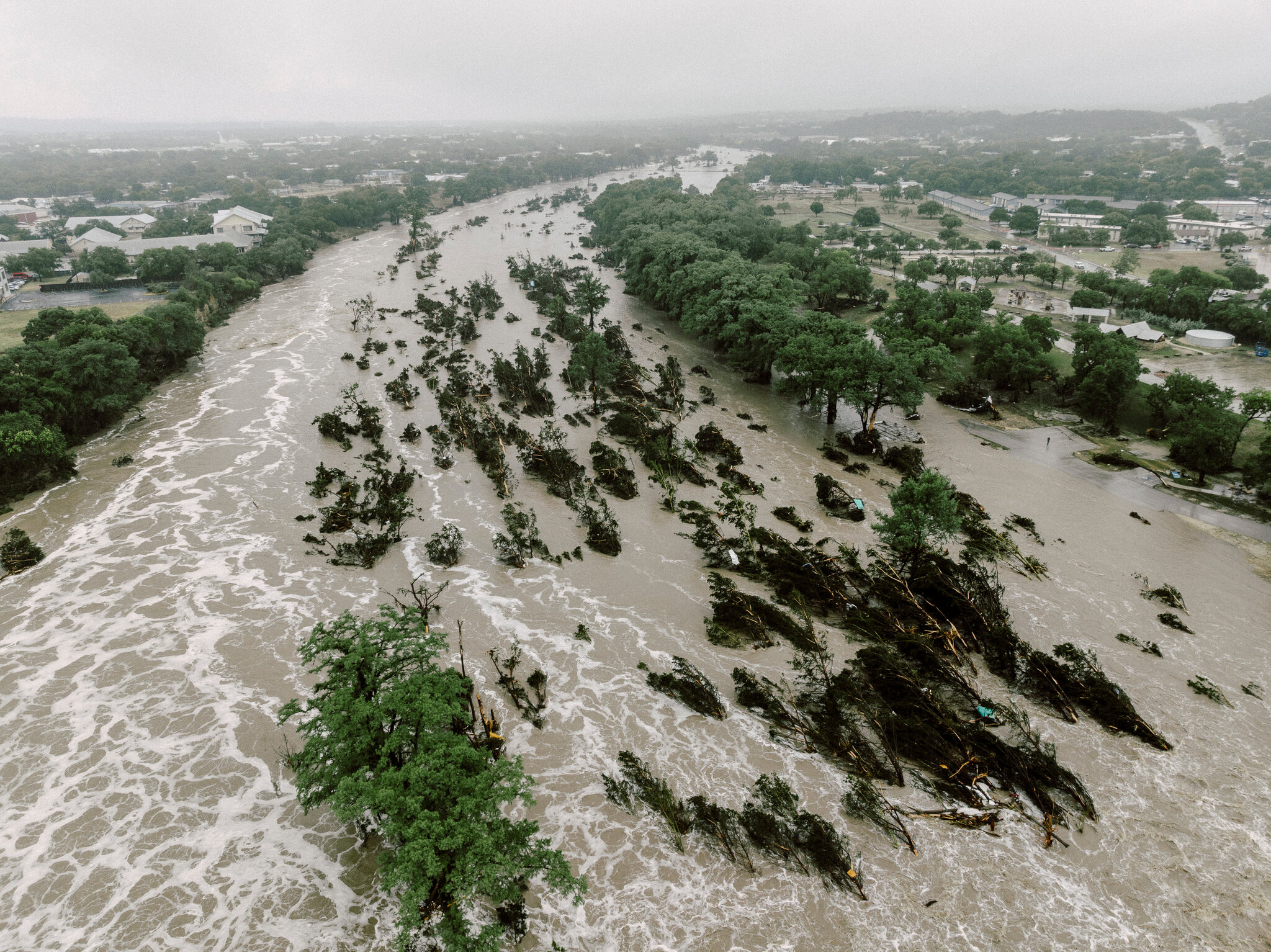Severe flash flooding along Texas’s Guadalupe River in early July 2025 resulted in heartbreaking loss, including the deaths of at least 59 people, among them 21 children. Eleven children and one counselor remain missing after floodwaters overwhelmed a girls’ summer camp near the river. The flooding was caused by remnants of Tropical Storm Barry, which, although making landfall in Mexico, unleashed unexpected and intense thunderstorms across parts of Texas.
The disaster has sparked a heated debate over the role of federal funding and staffing for weather and emergency agencies, with some critics blaming cuts made during the Trump administration for hampering preparedness and response capabilities.
Democratic commentators and activists quickly pointed to budget and staffing reductions at the National Weather Service (NWS) and the National Oceanic and Atmospheric Administration (NOAA) as contributing factors to the devastation. Grant Stern, executive editor of Occupy Democrats, wrote on social media that it “only took 9 days for Trump’s cuts to NOAA to kill dozens of children in Texas.” Others echoed this sentiment, arguing that reductions in government services jeopardized storm prediction and flood warnings.
Rachel Bitecofer, assistant director at Christopher Newport University’s Wason Center for Public Policy, cited warnings from meteorologists who had cautioned about the potential impact of these cuts on weather forecasting nationwide.
However, these accusations have been firmly challenged by officials within the weather agencies and independent experts. Tom Fahy, legislative director for the National Weather Service Employees Organization, told NBC News that forecasting offices were adequately staffed and that forecasts and warnings issued before the storm were timely and effective. Fahy did note, however, that some unfilled leadership positions remain a concern.
Texas-based meteorologist Avery Tomasco emphasized that the NWS had issued a flood watch more than 12 hours before the catastrophic flooding in Kerr County, and flash flood warnings were given three hours prior to the rising waters in other affected areas. “They did their job and they did it well,” Tomasco said.
At a press conference, Homeland Security Secretary Kristi Noem acknowledged concerns about the nation’s flood notification systems. She described the flood alert infrastructure as “outdated and ancient” and said the Trump administration was “currently upgrading” the system. Noem attributed the extreme flooding to the unusual behavior of the weather system, which stalled over the region and dumped unprecedented rainfall similar to patterns seen during Hurricane Harvey.
Notably, the budget cuts from Trump-era legislation had not yet taken effect at the time of the storm, and federal agencies were still operating under the bipartisan spending bill signed by President Joe Biden.
The tragedy highlights the complexity of disaster preparedness in the face of increasingly unpredictable weather patterns. While questions about funding and agency resources remain relevant, experts emphasize that natural storm behavior and infrastructure limitations also play critical roles. As Texas begins recovery efforts, the conversation continues on how best to equip weather services to protect communities in an era of escalating climate risks.










